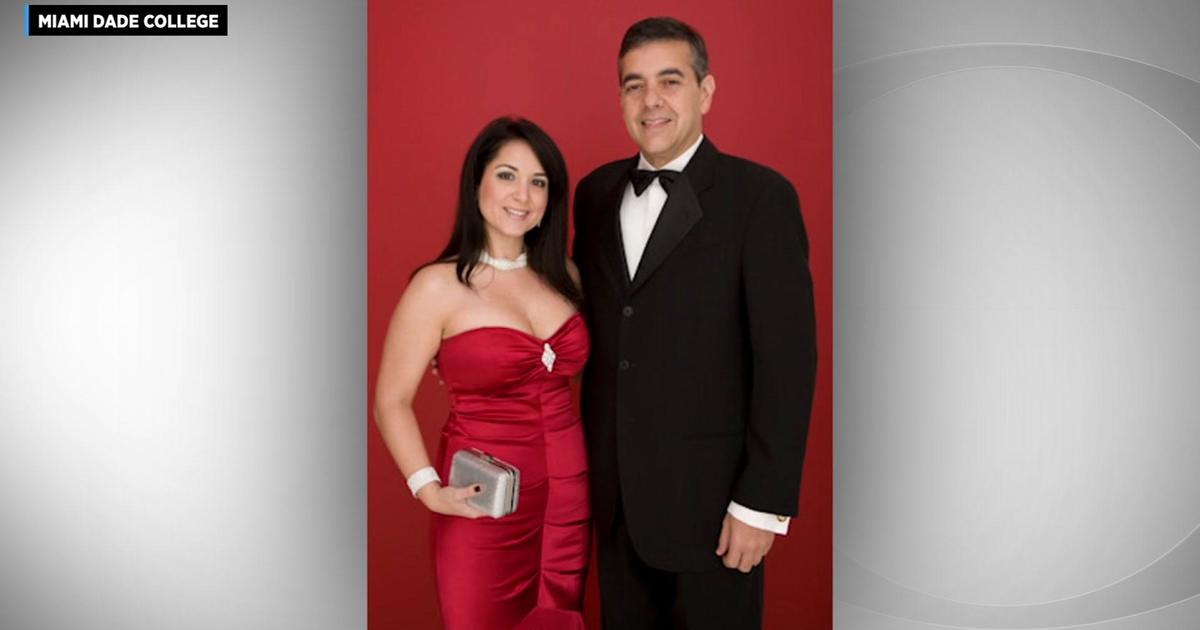Miami University to ‘reinvent’ 18 majors with low enrollment
Students at Miami University may no longer be able to major in some humanities programs, such as American studies, religion or health communication.
Miami is considering consolidating 18 of its major programs. Like schools across the county, the state school in Oxford, Ohio is facing lower enrollment.
“It’s tragic. I feel very sympathetic to the faculty – I myself am a humanities professor,” said Elizabeth Mullenix, the university provost who is leading the reorganization. “I want to be really clear that the humanities are not going away. Just because a major is small doesn’t mean that that discipline cannot exist in a robust way in other forms.”
Department chairs for the low enrollment programs will give the provost their potential plans by December. Students already enrolled in these programs will be able to graduate with the major they chose.
For a full list of the programs affected, see the end of this story.
Why is Miami considering this?
The university is facing a budget deficit of $36 million, according to reporting from the Miami Student. The university had to lay off some faculty and staff earlier this year, Mullenix said.
Mullenix said Miami’s revenue is affected by multiple factors: a shrinking pool of college-aged people, competition among Ohio universities, fewer international students coming to the United States, increased price sensitivity after the pandemic and a lack of faith in higher education.
Nathan French, the lead advisor of the Department of Comparative Religion, said students and their families are increasingly thinking about the return on the investment in a college education. They’re focusing more on career preparation and training when it comes to their major.
“As a professor of the humanities, the challenge for us is always to show that the humanities as a field of study are not only an important part of the creativity and innovation required for any future career path, but they’re also a part of basic human flourishing,” he said.
Mullenix said 72% of Miami students cluster in 30 majors, out of the university’s 130 total majors. In thinking about how to reorganize staff and resources, the university started by looking at the major programs with fewer than 35 students over four years.
She said it’s hard to estimate potential savings from consolidating programs because the university isn’t sure exactly what the curriculum will look like, but there could be savings from keeping fewer temporary faculty members for the low enrollment programs.
What could happen to the majors?
French is part of the Humanities Futures steering committee at Miami, which was formed to think about how the university should structure humanities programs. He said the group is thinking about reorganizing majors and academic departments and possibly creating new institutes or centers for specific areas of study.
Mullenix said Miami is looking for ways to infuse humanities and social sciences throughout its curriculum, possibly through initiatives like certificates in the general education program and partnerships with the Honors College.
Olivia Gallo, a sophomore majoring in social justice and organizational leadership from Colorado, said she was drawn to Miami because of the university’s commitment to the liberal arts. She said she hoped with the university taking more progressive steps in recent years, specifically when it comes to supporting the Myaamia Tribe, Miami would support the humanities programs that involve diversity, equity and inclusion.
“I feel like I’ve learned more in these (social justice) classes than in any of my other classes at Miami so personally I think it’s going to be an unbelievable loss to Miami if these programs are cut,” she said.
Is this about politics?
Higher education has become a hot topic in recent years as state lawmakers across the country introduce legislation restricting how universities approach diversity and teaching history. In Ohio, legislators introduced Senate Bill 83, which includes a list of required readings for American government courses and would restrict diversity and inclusion training.
Mullenix said the decision was “absolutely not” about potential legislation but purely based on how to match resources to the areas more students are gravitating toward.
Rodney Coates, a critical race and ethnic studies professor at Miami, said attacks on academia are often cyclical, referencing the Scopes trial in 1925 and the panic over communists taking over universities during the Red Scare in the 1950s.
He said that critical race studies and the liberal arts broadly are about telling not just one version of events but digging into multiple different perspectives.
“Telling these different stories gives us a much more layered and robust understanding of who we are as a people. That’s why it’s important and that’s why I’m not concerned,” he said. “Regardless of what happens, we’re still going to be writing, researching, and yes, teaching about these layers of differences that make us the great country that we are, the great people that we are.”
What does the future of liberal arts education look like?
Miami isn’t the only college to reckon with lower enrollment in certain majors. Ohio Wesleyan University cut 18 majors in 2020. The University of West Virginia cut 28 majors and 143 faculty positions last month, according to the Associated Press.
Mullenix said she hopes Miami can model how to take a holistic new approach to the liberal arts.
French said studying religion along with majors like political science or accounting, for example, can set students apart from their peers to employers and graduate schools.
“If a student is an engineer here in Ohio, the odds are the trade flows that their career depends upon go to the Middle East. So for a student to be able to be fluent in that region, culturally, politically, economically, socially, religiously, is an essential part of being a contributor to the global economy,” he said
Coates said if students learn to research, think critically, write and compute, “there is not a graduate program that you cannot get into.”
Mullenix said declining enrollments in the humanities does not mean the humanities are not necessary.
“The world is full of wicked problems that require a well-rounded, well-educated mind, which I think can only happen at a liberal arts institution,” she said.
Which majors are facing consolidation?
- American Studies.
- Art History.
- Classical Studies.
- Critical Race and Ethnic Studies.
- French.
- French Education.
- German.
- German Education.
- Health Communication.
- Health Information Technology.
- Italian Studies.
- Latin American Studies.
- Latin Education.
- Religion.
- Russian, East European and Eurasian Studies.
- Spanish Education.
- Social Justice Studies.
- Women’s, Gender, and Sexuality Studies.
About Miami University
- Founded: 1809.
- Enrollment: 18,700 students.
- Mascot: Swoop the RedHawk.
- Famous alumni:
- Benjamin Harrison, the 23rd president of the United States.
- Ohio Gov. Mike DeWine.
- Paul Ryan, former speaker of the U.S. House of Representatives.
- Paul Brown, founder of the Cincinnati Bengals and the Cleveland Browns.
- Brian Niccol, CEO of Chipotle.
Erin Glynn is the watchdog reporter for Butler, Warren and Clermont counties through the Report For America program. The Enquirer needs local donors to help fund her grant-funded position. If you want to support Glynn’s work, you can donate to her Report For America position at this website or email her editor Carl Weiser at [email protected] to find out how you can help fund her work.
Do you know something she should know? Send her a note at [email protected] and follow her on Twitter at @ee_glynn.
/cloudfront-us-east-1.images.arcpublishing.com/gray/VFHGERQO55A4JEJBPAHZ4QVBJQ.png)

